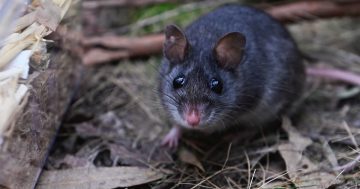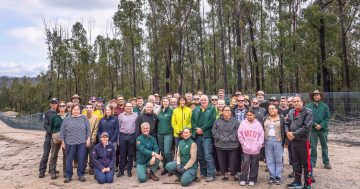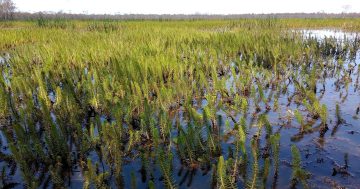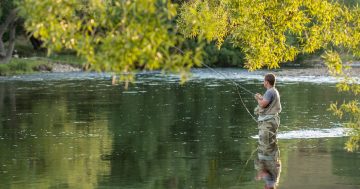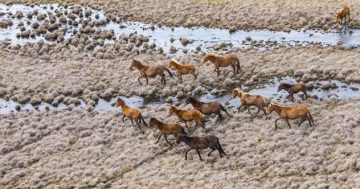
The Smoky Mouse or Koonoom Pseudomys fumeus, if you prefer. Photo: Supplied.
The Priam Psittaculture Centre near Bungendore has received funding of $180,000 to support breeding programs for the Smoky Mice and New Holland mice – Australia’s tiniest native animals.
The two species are facing a multitude of threats – from last summer’s bushfires to cats and foxes, overgrazing and deforestation more generally.
General manager Daniel Gowland says these mice, which are unique to Australia, act a bit like little gardeners, or surface worms which aerate the soil.
Even though he admits this doesn’t sound particularly sexy, he says the mice are actually pretty cute, and they play an important role in keeping the lower level of the bush diverse and viable. He also said their droppings are like little packets of Dynamic Lifter.
Priam has already run successful breeding programs with the mice – New Hollands were successfully reintroduced into the Mulligans Flat area and population levels in the area remain sustainable two years later.
But Mr Gowland assures local residents these species are not intrusive, nor are they very dominant, so you’re not likely to find them in your homes.
Now their focus will turn to the Smoky Mice which come from an area near Eden called Nullica. Some founders have already been captured and have undergone a quarantine period.
Mr Gowland says a lot of study is involved in running a successful breeding program as the mice can be quite tricky species.
Although successful breeding programs have been run in the past, he stresses there is more to it than putting a boy and a girl in a cage and ‘boom boom’.
Who mates with who and which pairs remain established are important aspects of breeding. Timing and compatibility are also important. Their dietary requirements also need to be understood as “you can’t just feed them anything”, he says.
Mr Gowland likens it to a valet service – the biologists go around and ask who is interested in who and what they like to eat.
Behind all of this, there is genetic mapping going on.
He says their dramas are much the same as human dramas, just on a slightly smaller scale. You have breached births, multiples, parents who get along and cuddle and other parents who never want to speak to each other again and need eviction orders to be taken out.
He also says they’ve discovered some unique breeding behaviours, such as the men doing much of the childcare after birth.
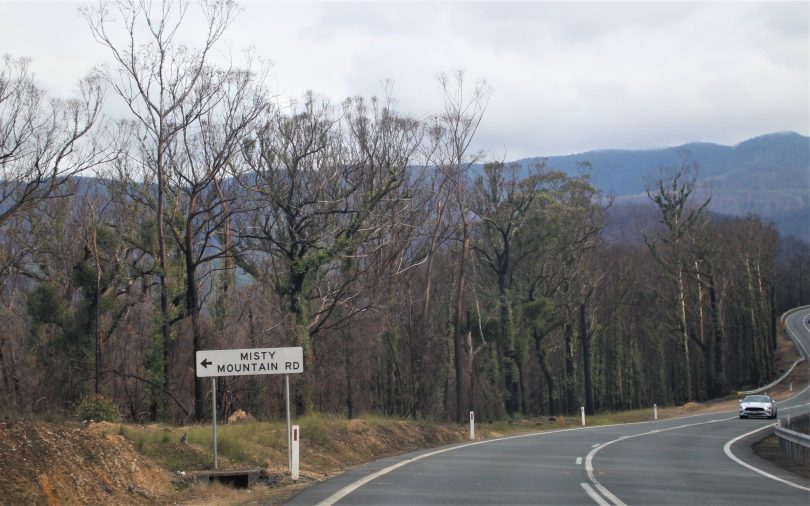
Populations such as the Smoky and New Holland Mice faced additional threats from last summer’s bushfires. Photo: Alex Rea
Another habit is their fondness for building surface nests with gum leaves – meaning they’re far more exposed and a perfect target for predators like foxes and cats.
The state governments of ACT, Victoria and NSW are keen to get these species re-established in the wild as last summer’s bushfires hit the populations hard.
While the mice at Eden escaped the fires by a whisker, Mr Gowland explains this has concentrated all of the predators and mice in the same small green pockets – making their struggle for survival even more difficult.
Mr Gowland is keen to get the process moving as soon as possible and even though the programs are designed to be in operation for 10 years, he thinks they will have success much sooner than that.
A total of 11 species which have been identified as high priorities for urgent management post last year’s Black Summer will benefit from captive breeding activities across Australia.
Others include birds like the Eastern Bristlebird and the Regent Honeyeater, the Kroombit Tinker, Giant Barred and Stuttering frogs, the Brush-tailed Rock Wallaby and Mountain Pygmy-possum and the Georges Snapping and Manning River Helmed turtles.
Nine specialist organisations will share in $4.5 million of government funding.
Senator for NSW Jim Molan welcomed the news saying “it is fantastic to see an outstanding local organisation receive funding to help some of our most unique wildlife recover”.
Original Article published by Lottie Twyford on The RiotACT.







